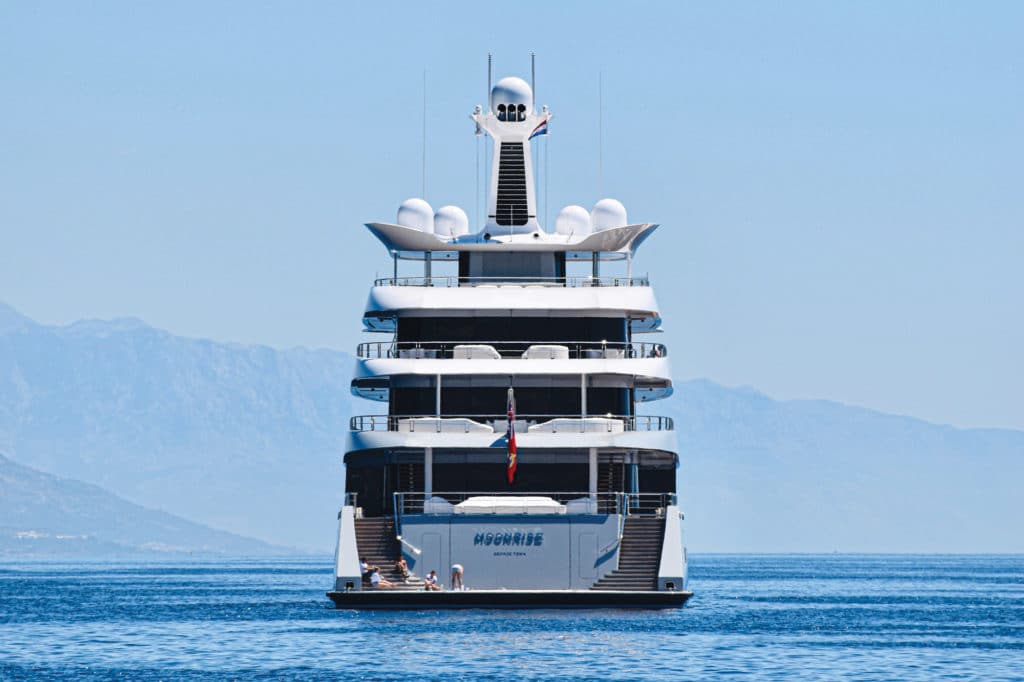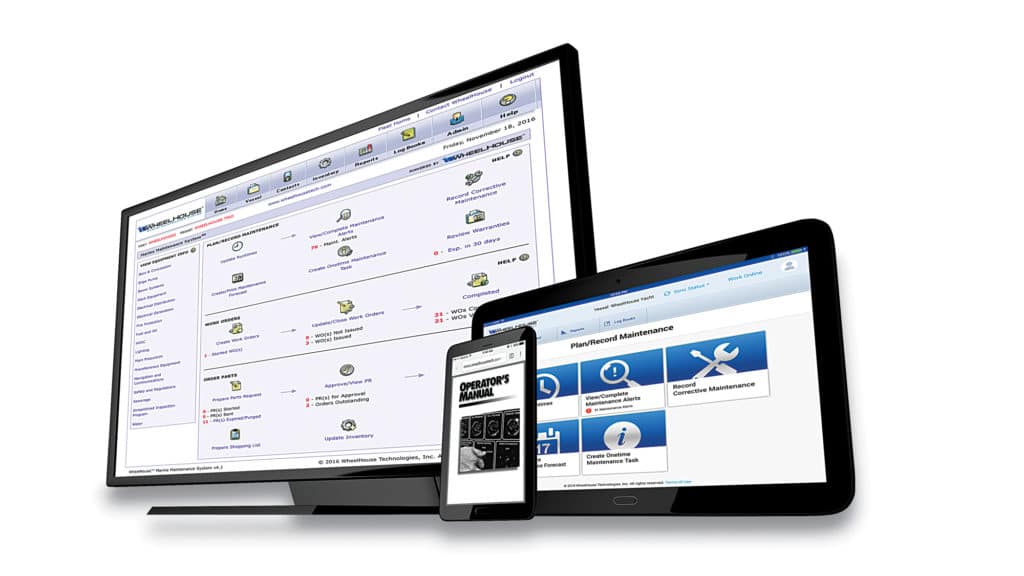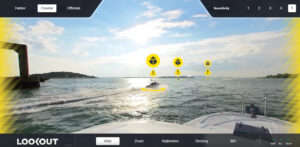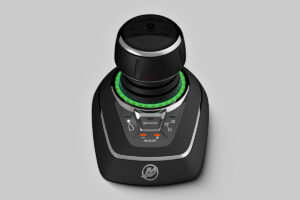
The scenario is unfortunate but all too common. The big weekend comes into view, family and friends are looking forward to spending time together on the water, and then news arrives that a critical system is on the fritz. The yacht can’t sail.
Plans are scrapped. A yard appointment is made, but the waiting list is long. Once the issue is finally remedied—well into the boating season—the owner faces a bill heftier than it would have been if the problem had been tackled earlier, as part of the yacht’s planned maintenance.
This is the situation Baxter Marine Group is trying to help yacht owners avoid, having acquired WheelHouse Technologies and VesselVanguard earlier this year.
WheelHouse Technologies was founded in 2006 to provide boaters with integrated manuals and a maintenance-management system. Its products include vessel-specific SeaKits for spare parts, oil-testing kits and customer-training sessions. Separately, VesselVanguard was founded in 2011 to provide digital tracking of a yacht’s maintenance schedule. Both companies used vessel-specific databases to help clients stay current with a vessel’s regular tasks and deal with unexpected maintenance.
Baxter Marine Group is now poised to deliver next-generation, cloud-based vessel-management tools that should help yacht owners and captains lower costs, ease headaches and maximize time on the water.
“I was at WheelHouse for 13 years, and we could never bring the resources and the team that the Baxter Marine Group delivers,” says Craig Parkhurst, Baxter Marine Group’s chief strategy officer. “We are bringing enterprise-level solutions to recreational and commercial vessels.”

The company plans to operate as WheelHouse Technologies and VesselVanguard, but Rick Heine, Baxter’s chairman, says he plans to use his aviation-industry experience to improve maintenance management in the marine market. He and April Stercula, Baxter’s CEO, plan to combine the best features of the newly acquired companies with technologies such as telematics and cloud computing. The goal is to ease ownership and operation of yachts 60 feet length overall and larger.
“One of the biggest complaints that I hear is of a customer spending $15 million on a 90-footer and then they sell it a year later,” says Heine, who owns an 84 Lazzara. “They’re a one-and-done customer because there’s no system to manage the maintenance and upkeep.”
He points to examples of owners trying to stay on top of routine oil and fuel-filter changes, only to experience engine problems because other maintenance tasks were overlooked. “With WheelHouse and VesselVanguard systems, they’ll be able to get ahead,” Heine says. “If they follow the maintenance schedules, they can experience a utilization rate of over 90 percent. It’s a win-win.”
Part of this concept involves shedding light on the maintenance that’s already been performed and raising owner awareness about what’s on the horizon. “There’s often tribal knowledge involved when there’s a captain that’s been on the yacht for a while,” says Karl Fischer, Baxter’s chief revenue officer. “If it’s not documented, how can an owner be sure that things were done? And what happens if the captain leaves?”
The answer, according to the Baxter Marine Group, is “software as a service.” Much like the legacy versions of WheelHouse Technologies and VesselVanguard, the Baxter Marine Group’s databases will document all onboard equipment, its maintenance needs and schedule, plus parts lists, inventory management and user manuals. This information will be incorporated into software that runs off a laptop, tablet or smartphone and includes a user-friendly dashboard detailing upcoming and overdue tasks.
“Users can view the next 60 or 90 days,” Fischer says.
As part of its reorganization, the Baxter Marine Group is migrating WheelHouse Technologies and VesselVanguard platforms onto the Amazon Web Services cloud. The company is also adding encryption for customer privacy and implementing SOC 2 compliance, which is an auditing practice to ensure third-party service providers securely handle data. In addition, the company is working with a marine-electronics company to provide an optional networked black box that pulls data from the vessel’s NMEA 2000 network and delivers it to the cloud.
Owners and crew can both access this information, further bolstering transparency. “The system is a management tool for the crew and a business tool for owners,” Heine says. “It brings a whole new level of professionalism to the industry.”
The system also creates a digital trail of detailed maintenance logs for owners and allows them to anticipate upcoming work and bills.
“It will make boating predictable, like owning cars,” Heine says, adding that maintenance costs can go down if problems are fixed sooner rather than later. Heine cites haul-out costs and the hypothetical example of a starboard stabilizer failing. “Service guys will just fix the starboard stabilizer, but three weeks later, the port stabilizer goes out,” he says. “Service centers will sometimes pull a yacht four to six times for work that could have been done once. I’ve personally experienced this pain.”
Customers also could experience less-quantifiable gains if they’re able to realize Heine’s predicted 90 percent utilization rate. Rather than disappointing family and friends with bad news before a much-anticipated weekend, conversations could instead focus on weather forecasts, cruising agendas and wine pairings.
“We want clients to say that their happiest day was the day they bought the boat,” Stercula says, “and every day that they owned it.”









